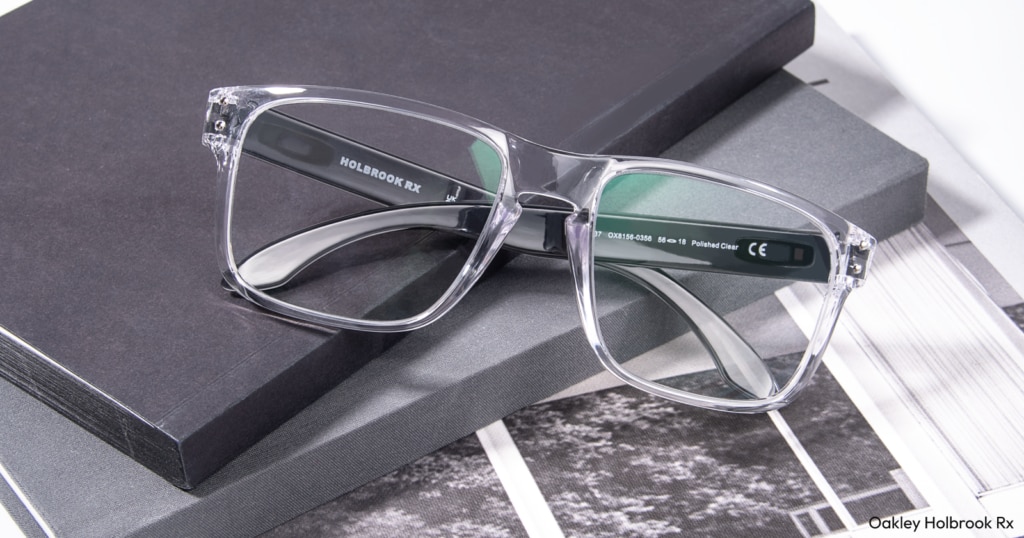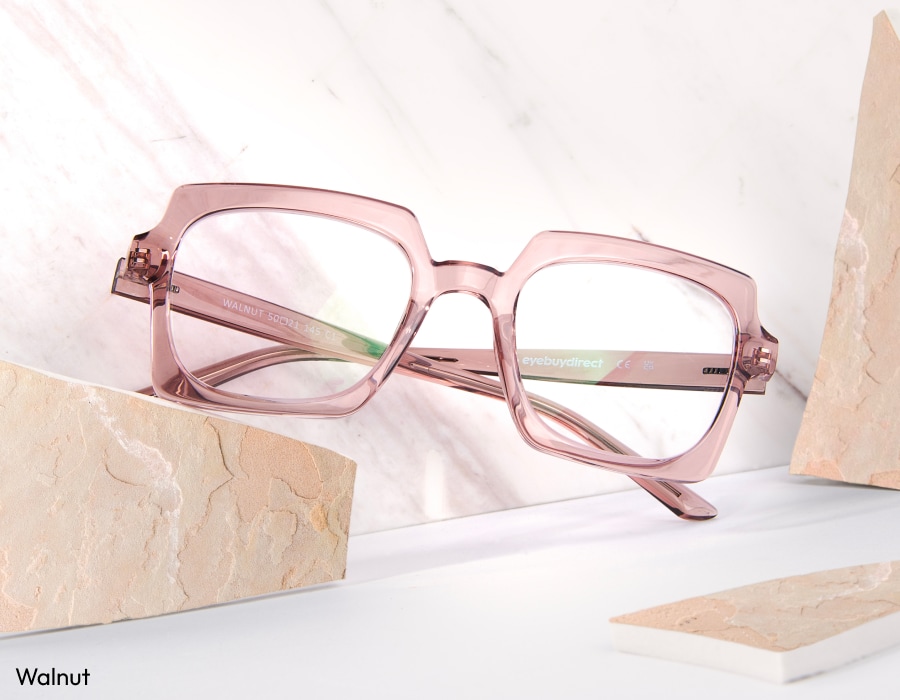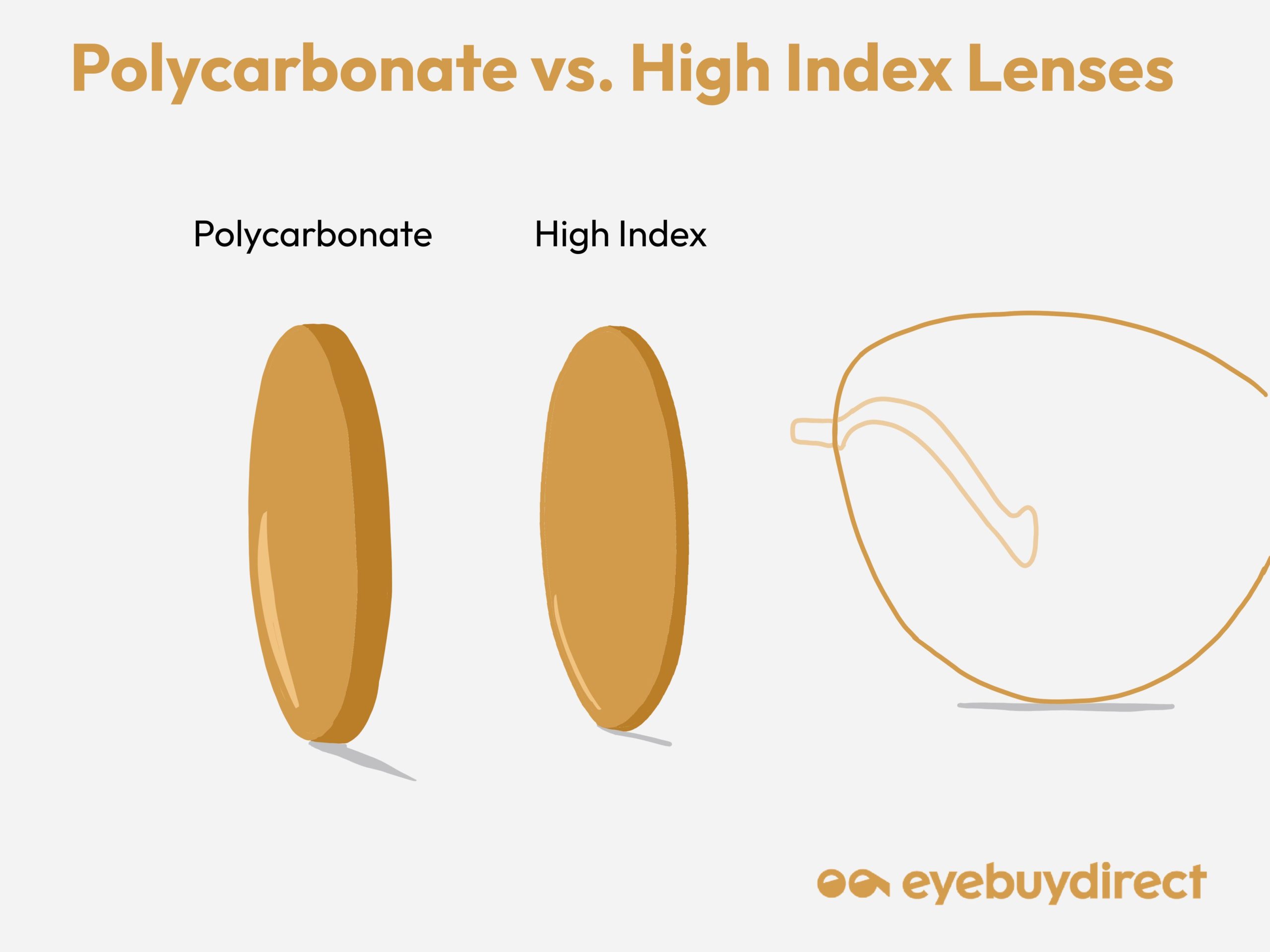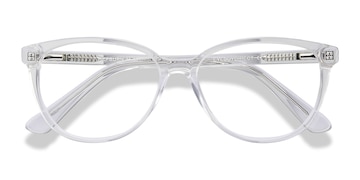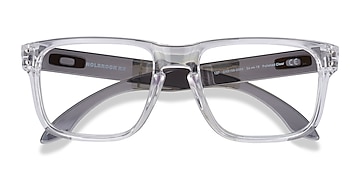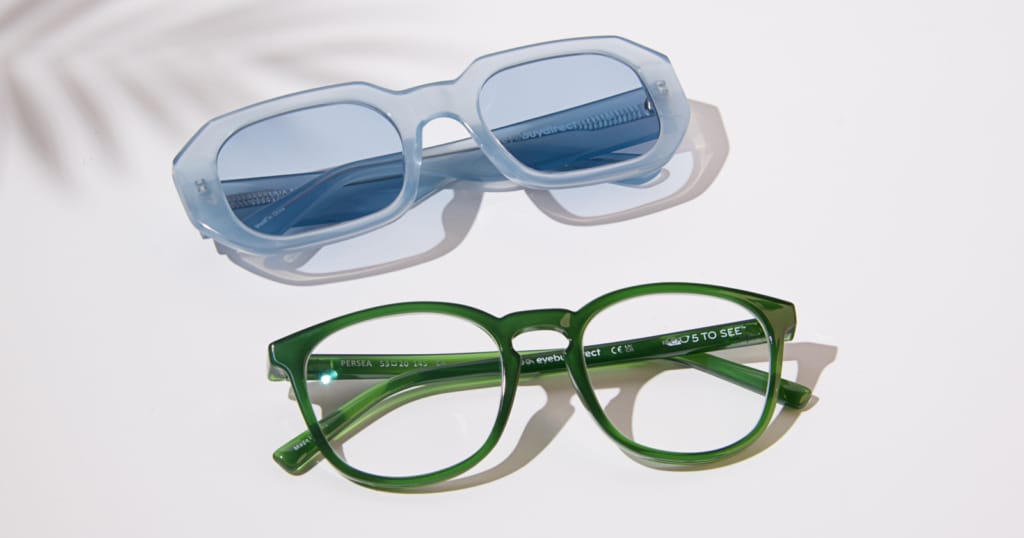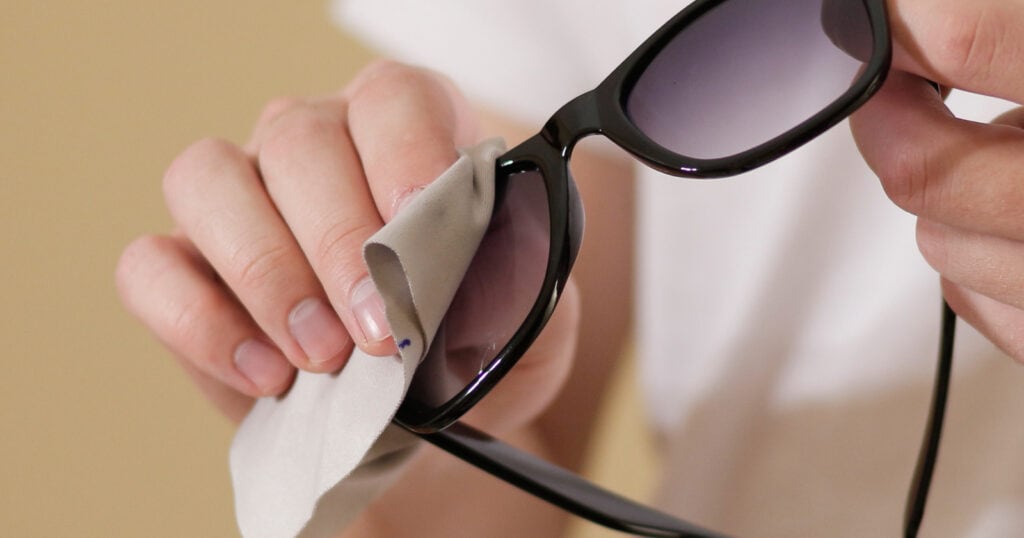Finding the right lens material is about more than just vision correction. It also affects how your glasses feel, how they look, and how well they support your daily routine. Knowing the differences can help you choose lenses that match your lifestyle and prescription needs.
Introduction to Lens Materials
Before deciding on your lens material for glasses, it’s important to understand your options. Polycarbonate lenses and high-index lenses are two common choices. They each address specific needs and suit different lifestyles.
- Polycarbonate lenses – Durable and impact-resistant, ideal for active individuals who need robust eyewear.
- High-index lenses – Better suited for strong prescriptions, they are thinner and lighter, enhancing daily comfort.
Selecting the right lens material affects your vision, comfort, and style. No matter if you have myopia, astigmatism, or hyperopia, the right lenses can greatly enhance your life. Think about your prescription and daily activities to make sure your eyewear fits your needs.
Understanding Polycarbonate Lenses
Polycarbonate lenses are a widely chosen option for eyewear. Made from a resilient type of plastic, they are often found in safety, sports, and regular eyeglasses. They are lightweight, which makes them comfortable for long wear. Also, they are a popular choice for kids’ glasses because they resist impacts.
They can handle force without breaking, making them perfect for active lifestyles or situations where glasses could get damaged. They usually cost less than other types. This makes them a budget-friendly choice that doesn’t sacrifice quality.
Various coatings enhance polycarbonate lenses. Anti-reflective coatings cut down glare. Scratch-resistant coatings shield the lens surface. These features make polycarbonate lenses a versatile option for numerous eyewear needs.
Exploring High Index Lenses
High-index lenses are perfect for those with strong prescriptions. Crafted from a special plastic, they bend light more effectively than standard lenses. This allows them to be thinner while still correcting vision. For strong prescriptions, high-index lenses offer a slim and light option. They are a great alternative to heavy glasses.
These lenses work great in thin frames. They give a natural look and reduce the visibility of lens edges. Additionally, they prevent the “bug eye” effect common with strong prescriptions.
High-index lenses merge function and style, delivering clear vision without bulk, making them an excellent choice for many glasses wearers. If you have a strong prescription and need new glasses, consider high-index lenses.
Comparing Polycarbonate and High Index Lenses
When deciding on an ideal lens type for your glasses, consider the following:
Impact Resistance
Polycarbonate lenses are tougher than high-index lenses. First used in aerospace, they are known for their strength and ability to handle force without breaking. This makes them a great option for active people, sports, or children’s eyewear. High-index lenses are thinner and lighter but can crack more easily under pressure. If safety and durability are your main concerns, polycarbonate lenses are the better choice.
Lightness and Comfort
High-index lenses are thinner and lighter than polycarbonate ones. This makes them more comfortable to wear. They are a good choice for strong prescriptions and help reduce pressure on the nose and ears. Their slim design also fits a wider range of frame styles. Polycarbonate lenses are tough, but high-index lenses offer more comfort, style, and clearer vision.
Vision Clarity
Both polycarbonate and high-index lenses offer excellent vision clarity but achieve it differently. Polycarbonate lenses are robust but may exhibit slight color distortion due to a lower Abbe value. However, advancements in technology have mitigated this issue.
High-index lenses have a higher Abbe value, providing clearer vision with reduced distortion, making them ideal for strong prescriptions requiring precise correction. They ensure clear sight, crucial for reading and using digital devices. Polycarbonate lenses are tough and durable. On the other hand, high-index lenses focus on clear vision. It’s important to choose based on what you need.
Glasses Prescription
The right lens material depends on your prescription and lifestyle. Polycarbonate lenses work well for mild to moderate prescriptions. They’re tough and perfect for kids or active adults. However, with stronger prescriptions, they can look a bit bulky.
High-index lenses suit strong prescriptions well. They remain thin and light. Polycarbonate works well, but high-index lenses are often better for vision and looks.
Cost Considerations
Cost is a significant factor in lens selection. Polycarbonate lenses usually cost less. This appeals to budget-minded shoppers and families with kids. High-index lenses cost more because of their advanced materials and technology. However, they offer benefits like being thinner and providing better visual performance.
The decision must balance cost, function, and personal preferences. It should match individual needs and fit within budget limits.
Additional Factors to Consider
A few additional factors can help you tailor your lenses to your lifestyle and visual needs. By considering frame compatibility and lens enhancements, you can create a glasses experience that’s both functional and comfortable.
Frame Material and Shape
When selecting glasses, consider frame material and shape. Lightweight materials like titanium or acetate increase comfort, complementing thin, light high-index lenses. Frame shape is also crucial, as larger frames may require thicker lenses, affecting appearance and comfort. Choose a frame accommodating both lenses and your style preference.
Lens Customization Options
Modern lenses offer various customization options. Blue-light filters benefit frequent screen users, reducing eye strain and enhancing sleep by blocking harmful blue light. Light-responsive lenses, also known as photochromic lenses, adjust tint according to light, providing comfort and UV protection indoors and outdoors. These features boost usability and align well with your lifestyle.
Making the Right Choice
Choosing between polycarbonate and high-index lenses depends on a few key factors. Knowing the benefits of each type helps you choose the best one for your lifestyle and vision needs.
Key Points
- Polycarbonate lenses – Strong and impact-resistant, ideal for active individuals or children. They provide natural UV protection, which is great for outdoor activities.
- High-index lenses – Thinner and lighter, they offer enhanced comfort, especially for strong prescriptions, avoiding the bulky “Coke bottle” look.
Consider What You Need
When picking lenses, consider what you do each day and your personal preferences. If active or in need of sturdy glasses, polycarbonate lenses may be suitable. However, if comfort and style matter, especially with a strong prescription, high-index lenses are a better choice. Reflect on how often and where you wear glasses to guide your choice.
Seek Professional Advice
While personal preferences are important, consulting an eye doctor or optician can be beneficial.
Finding the right lens material is about more than just vision correction. It also affects how your glasses feel, how they look, and how well they support your daily routine. Knowing the differences can help you choose lenses that match your lifestyle and prescription needs.

